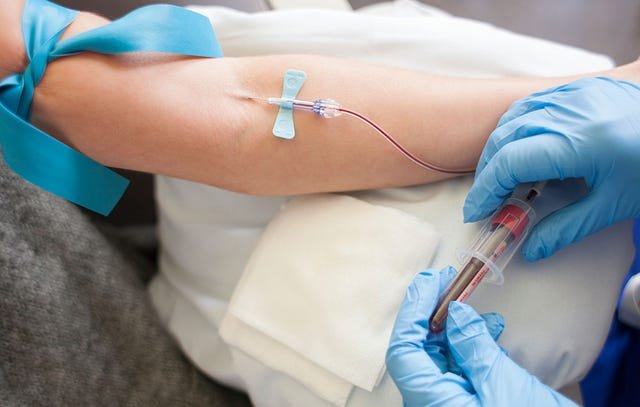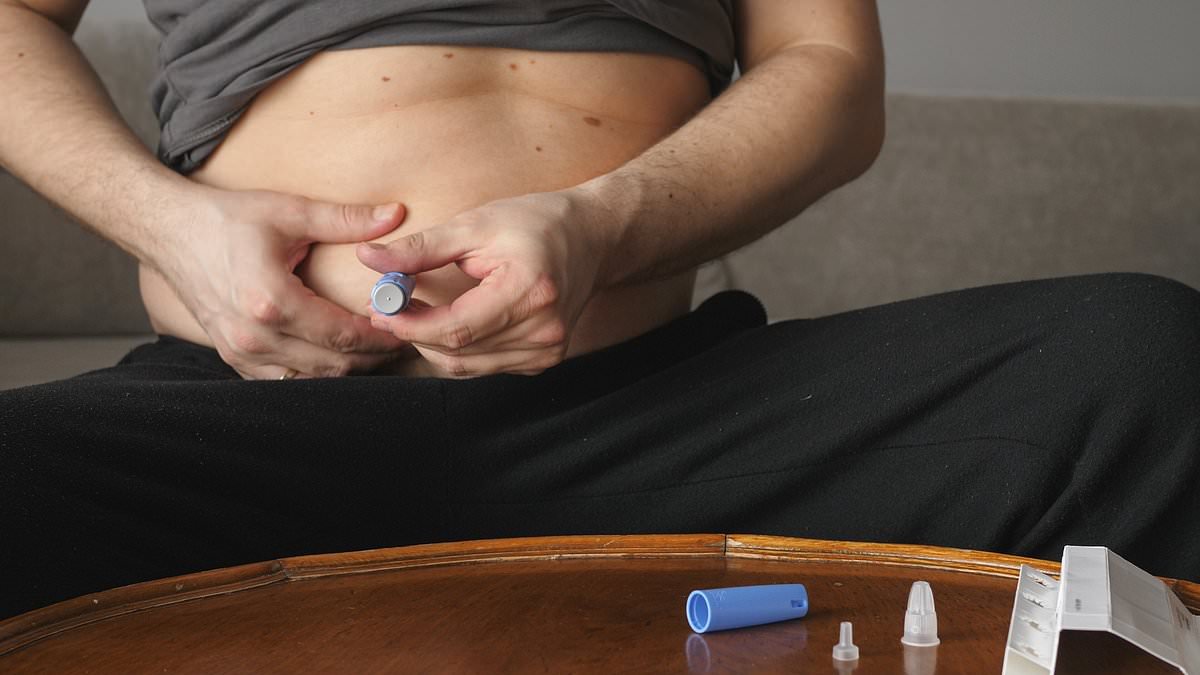In 2025, the rise of 3D printing in home prosthetics is transforming how personalize medical support is delivered through Healthcare (الرعاية الصحية). Dubai has become a central hub for integrating digital innovation into healthcare accessibility, offering patients the opportunity to receive advanced prosthetic solutions directly from home. The evolution of Home Healthcare (الرعاية الصحية المنزلية) is redefining patient independence and convenience for individuals who require limb replacements or mobility support. This article explores the revolutionary role of 3D printing in shaping the future of personalized prosthetics and home-based medical solutions across the UAE and the region.
What Is 3D Printed Prosthetics And How It Works:
3D print prosthetics are customized artificial limbs or devices produced using advanced digital modeling and additive manufacturing. The process of Home Healthcare in Dubai (الرعاية الصحية المنزلية في دبي) begins by scanning the patient’s residual limb, creating a digital model, and then printing layer by layer using durable, lightweight materials. This ensures a perfect fit and personalized comfort for each individual. Through Home Healthcare in Abu Dhabi (الرعاية الصحية المنزلية أبو ظبي), these prosthetics can now be fit and adjust remotely, using virtual consultations and smart diagnostic tools. This integration offers patients faster recovery and more accurate customization, representing a major leap in modern home medical care.
Importance Of 3D Printing In Home Healthcare:
The inclusion of 3D printing in home-based care reflects The latest home healthcare technologies in the Arab world (أحدث تقنيات الرعاية الصحية المنزلية في العالم العربي). Patients no longer need multiple clinic visits, they can receive real-time support and adjustments in the comfort of their homes. This technology aligns with Best practices for training nurses in home healthcare (أفضل ممارسات تدريب الممرضين في مجال الرعاية الصحية المنزلية) by equipping nurses with the ability to use digital tools for measuring, fitting, and maintaining prosthetic devices. The importance of artificial intelligence in developing home healthcare services (أهمية الذكاء الاصطناعي في تطوير خدمات الرعاية الصحية المنزلية) enhances the precision of designs by analyzing patient mobility data and predicting wear patterns, ensuring long-term efficiency and comfort.
Types Of 3D Printed Prosthetics:
The 3D printing revolution in prosthetics includes several innovative types, each designed for specific needs:
- Upper Limb Prosthetics: Hands, arms, and fingers that replicate natural movements through flexible and responsive designs.
- Lower Limb Prosthetics: Lightweight leg and foot designs suitable for daily walking or physical rehabilitation at home.
- Custom Orthopedic Supports: 3D printed braces and supports that improve posture and joint stability.
- Smart Prosthetics: Integrated with sensors and AI systems for real-time performance monitoring, ideal for home-based rehabilitation.
These advancements highlight Benefits of home healthcare for the elderly compared to hospitals (فوائد الرعاية الصحية المنزلية لكبار السن مقارنة بالمستشفيات) by reducing dependency on hospital visits and improving quality of life through accessible care technology.
Preparation And Aftercare For 3D Printed Prosthetics:
Preparing for 3D printed prosthetics involves a thorough digital assessment of the patient’s physical condition, mobility, and comfort needs. Once designed, patients can receive virtual instructions for home fitting sessions. Aftercare includes regular digital check-ins, software updates for smart prosthetics, and personalized training provided through virtual platforms. With the growing adoption of these technologies, Home healthcare costs in the UAE by 2025 (2025 تكاليف الرعاية الصحية المنزلية في الإمارات لعام) are becoming more predictable due to reduced hospital stays and automated manufacturing processes.
Ideal Candidate For Home Prosthetic Solutions:
The ideal candidate for 3D printed home prosthetics includes:
- Individuals with limb loss seeking lightweight and personalized prosthetic designs.
- Elderly patients preferring in-home fitting and rehabilitation sessions.
- Chronic patients needing adaptive devices for daily comfort and movement.
This category particularly benefits from Home healthcare for chronic patients in Dubai (الرعاية الصحية المنزلية للمرضى المزمنين في دبي). AI-driven devices and 3D printing combine to offer more independence and emotional well-being.
How To Choose The Right Provider:
Selecting the right provider for 3D printed prosthetic solutions requires considering technological capabilities, digital support, and aftercare options. Patients should look for centers offering remote scanning, virtual fitting support, and AI-integrated prosthetics for the best outcomes. When evaluating options, it’s crucial to understand Factors affecting the cost of home healthcare (العوامل المؤثرة في تكلفة الرعاية الصحية المنزلية) such as materials used, the complexity of the prosthetic, and the extent of digital customization. Choosing a provider that emphasizes comfort, long-term service, and innovative technology ensures a seamless experience.
Risks And Benefits Of 3D Printed Prosthetics:
3D printing prosthetics bring numerous advantages, they also come with certain risks. Potential issues include fit adjustments, material durability, and technical malfunctions in smart systems. These are easily manage with continuous digital monitoring. The main benefits include:
- Personalized fit and comfort for every patient.
- Cost-effective production through automated manufacturing.
- Faster delivery and easier maintenance from home.
- Integration with smart technologies for real-time tracking.
Such benefits align with The future of home healthcare in the Middle East (مستقبل الرعاية الصحية المنزلية في الشرق الأوسط), emphasizing technology-driven, patient-centered care solutions.
FAQs About 3D Printing In Home Prosthetics:
How long does it take to receive a 3D printed prosthetic?
Typically, once the digital model is approve, production and delivery can take from a few days to a couple of weeks, depending on the complexity.
Are 3D print prosthetics durable?
Yes, modern materials like carbon fiber composites ensure durability and comfort, suitable for long-term use.
Can adjustments be make at home?
Many new prosthetics include modular designs allowing small adjustments or digital recalibrations remotely.
Are 3D print prosthetics cover in home healthcare services?
In many UAE programs, 3D prosthetic fitting and rehabilitation are part of integrated Home Healthcare (الرعاية الصحية المنزلية) packages.
Conclusion:
The rise of 3D printing in prosthetics marks a defining moment for Home Healthcare in Abu Dhabi (الرعاية الصحية المنزلية أبو ظبي) and personalized medical technology. Dubai’s advancements demonstrate how innovation and accessibility can empower patients with mobility solutions from the comfort of home. As the region embraces The latest home healthcare technologies in the Arab world (أحدث تقنيات الرعاية الصحية المنزلية في العالم العربي) and digital transformation, 3D printed prosthetics stand as a testament to the power of modern science in enhancing lives, reducing dependency, and shaping a sustainable future for Home Healthcare in Dubai (الرعاية الصحية المنزلية في دبي) and beyond
















Leave a Reply